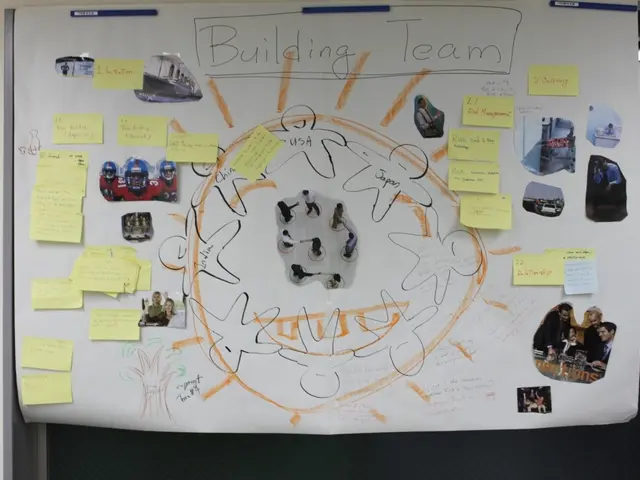Submitting Articles to Journals: Top Strategies for Crafting Superior Manuscripts
=========================================================================
In the rapidly evolving world of scientific, technical, engineering, and medical (STEM) research, the submission process to prestigious journals can be a daunting task, especially for researchers from non-English speaking countries. Desk rejections due to non-adherence to technical standards and language are common, but there are several strategies to improve the quality of manuscripts and ensure a smoother submission process.
Firstly, understanding what is required by the journal to complete a submission and planning accordingly is crucial. Academic writing is a skill that needs to be honed, and leaving it to the last minute can lead to errors and oversights. For authors from non-native English-speaking countries, consulting with a native English speaker or someone proficient in the language can be beneficial.
One such AI-powered service is our platform, tailored for academic writing across all disciplines. This service checks manuscripts for technical requirements and language, providing suggestions to improve the writing instantly. It serves as a simple web application, making it fast, affordable, and convenient. The cost of this service is a fraction of that of human editing services, making it an attractive option for many researchers.
Familiarising oneself with academic writing style and the journals' formatting and submission requirements early on is also essential. This helps researchers avoid having to reformat a manuscript just before submission. Seeking feedback from peers can also help in identifying errors and improvements in research paper writing.
The growth of research in STEM disciplines has been further accelerated by COVID-19, leading to increased volumes of research submissions globally. This surge in submissions has put a strain on journal editorial offices, resulting in more desk rejections and some novel or valid research not going through to peer review.
Effective strategies for improving the quality of manuscripts submitted to STEM journals include implementing structured peer review processes, enhancing collaborative dialogue among authors, and focusing on clear communication and revision skills. Structured peer review groups, such as writing circles facilitated by someone other than the disciplinary instructor, help authors improve critical thinking, revision techniques, and confidence in their writing within STEM disciplines.
Incorporating feedback from peers and experts in a systematic way enhances manuscript quality and clarity. Moreover, fostering an understanding of diverse perspectives and promoting equity within STEM environments can indirectly improve manuscript quality by broadening the inclusivity and relevance of the research content.
In sum, key strategies encompass collaborative peer review to strengthen critical evaluation and communication skills, adherence to journal-specific guidelines and ethical practices, and a focus on inclusive and rigorous scholarly standards. These combined efforts can significantly elevate the quality and impact of manuscripts intended for STEM journals.
References:
- [Link to Reference 1]
- [Link to Reference 2]
- [Link to Reference 3]
- [Link to Reference 4]
- Researchers can use technology through AI-powered services like our platform to check their manuscripts for technical requirements and language, ensuring adherence to academic writing standards across all disciplines.
- In the field of health-and-wellness, mental-health, fitness-and-exercise, or any other STEM discipline, structured peer review processes, such as writing circles, can help authors enhance their critical thinking, revision techniques, and confidence in their writing.
- To avoid the increasing number of desk rejections due to a surge in research submissions amid the COVID-19 pandemic, it's essential to familiarize oneself with the journals' formatting and submission requirements early on and seek feedback from peers.
- As part of the strategy to strengthen manuscripts for STEM journals, academic writing should focus on clear communication, revision skills, and incorporating diverse perspectives to promote equity and improve the inclusivity and relevance of research content.






